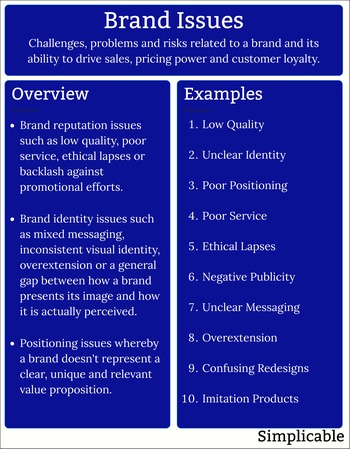Candor
Being open, honest and forthcoming with your stakeholders as a matter of principle. For example, a solar panel manufacturer that communicates a quality problem to customers, investors and regulators in a straightforward manner. This can earn a firm respect and trust.Strategic Silence
Strategic communication can include efforts to keep secrets from external stakeholders. For example, customers may delay purchases if they know a vastly improved version of a product is soon to be released. As such, a firm may have incentives to keep product releases secret until shortly before launch.Defensive Publication
Defensive publication is the practice of releasing public details of things you don't want your competition to patent. For example, a firm that develops a new speaker design may release details that serve as prior art that prevent competitors from patenting the idea.Propaganda
Propaganda is manipulative use of communication to influence. For example, a firm that spreads disinformation to undermine public support for environmental regulations.Fear, Uncertainty and Doubt
Communication that aims to create fear, uncertainty and doubt about the competition. This strategy was historically used by large IT firms whereby salespeople would imply that customers who choose products from smaller competitors often end up getting fired for this decision. This was so common that it became a truism in the phrase "Nobody ever got fired for choosing $LARGE_IT_FIRM."Embrace, Extend & Extinguish
Embrace, extend and extinguish is the dubious strategy of embracing a smaller competitor or open standard only to lead them to ruin in the long term. For example, a large IT company that voices support for an open source technology but then help to lead the project in ways that cause it to fail.Striking Fear Into the Hearts of the Competition
Striking fear into the hearts of the competition is the practice of communicating strategies that are intended to draw a competitive response. For example, a firm that announces a future product capability that would change everything in an industry. This may cause the competition to waste resources chasing this capability when it may not be feasible. This can be interpreted as illegal in some situations -- particularly if you mislead investors by implying that you will do something wonderful in future when you have no serious intention to do so.Self-Fulfilling Prophecy
An effort to change things by communicating a vision such that it becomes more likely to become reality. For example, an early pioneer of electric vehicles who communicates a vision that sparks other firms to invest in the technology creating momentum for a technology that requires massive infrastructure changes to be successful.Engagement
Seeking to engage stakeholders such as lead users. For example, a technology firm that pitches its platform at developer's conferences to increase adoption.Brand Image
Promoting a brand image. For example, a CEO who communicates wild ideas about the future to promote the image of a firm as being innovative.Brand Recognition
Communication that is simply intended to create recognition of your brand name and symbols in the minds of your target audience. This is based on the tendency for customers to simply buy what they recognize.Public Relations
Public relations is the process of communicating to stakeholders such as investors, employees, partners, communities and regulators. For example, a firm that seeks to create positive investor sentiment by communicating efficiency improvements.Change Management
Internal communications design to build momentum for change.Notes
Strategic communication should not be confused with strategy communication, the relatively straightforward practice of communicating your strategy to stakeholders.| Overview: Strategic Communication | ||
Type | ||
Definition | The practice of using communication in a strategic way to achieve goals. | |
Not To Be Confused With | Strategy Communication | |
Related Concepts | ||
































